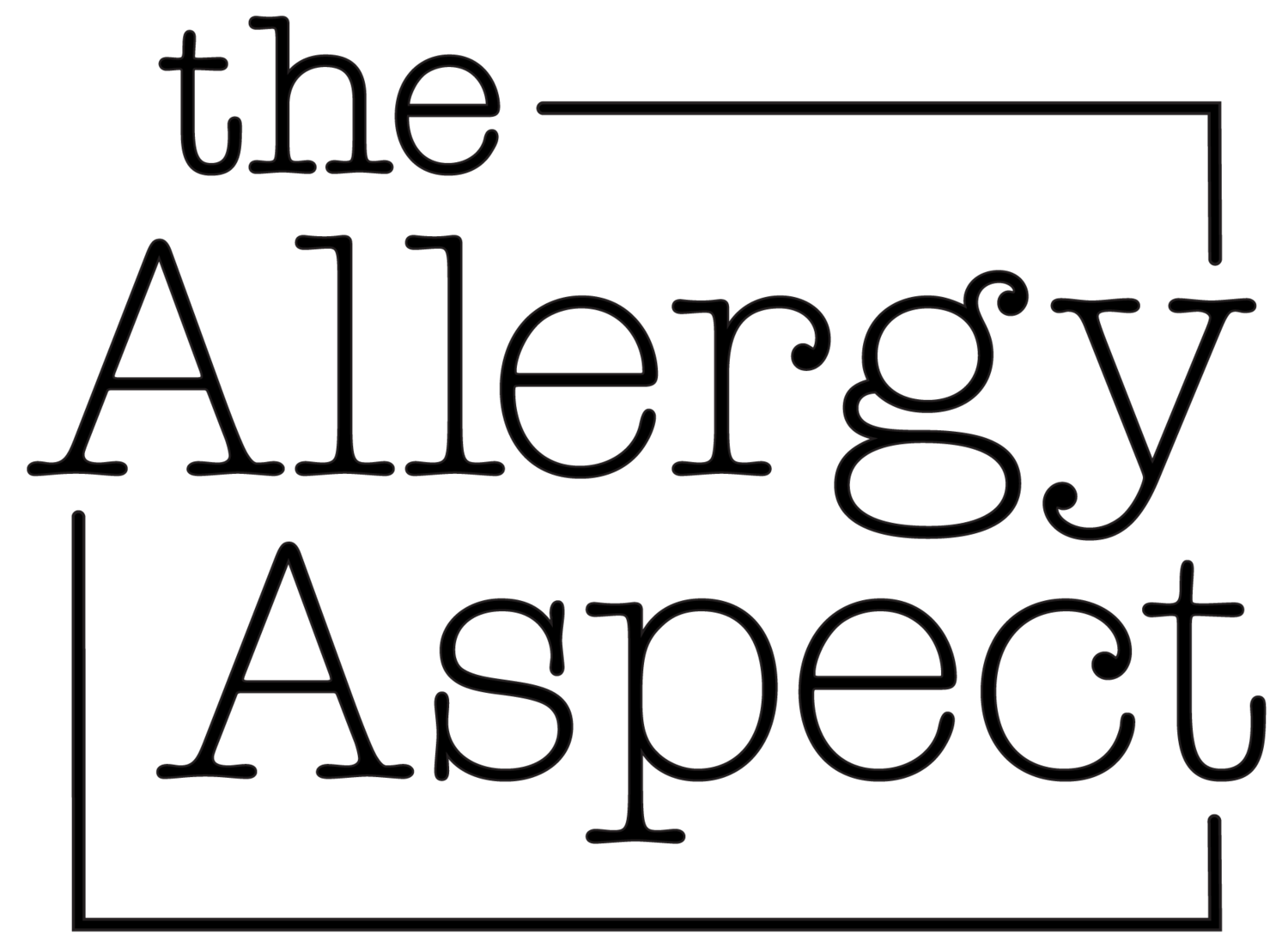Food Allergies to OIT to EoE to an Endocrinologist — and Growth
I’ve learned a lot over the last decade with the journey we’ve navigated with our teenage son. From food allergies discovered in infancy — to working through food challenges for well over a dozen foods — to making the dive into oral immunotherapy (OIT) — to discovering an eosinophilic esophagitis (EoE) diagnosis — to a cocktail of medications to address the EoE inflammation — and then to seeing an endocrinologist to tackle why he literally stopped growing right at a key period of growth.
With each stage of this journey there have been many layers of difficulties and several specialists who helped piece together the big picture. When our son started OIT at eight years old we were told about the risk of developing EoE (the risk at that time, over nine years ago now, was reported to be a 1% risk). So, my husband and I chose to have our son attempt OIT with hopes of attaining some form of food freedom – it seemed like a ‘no-brainer.’
Learning from Food Allergies to OIT to EoE to Endocrinology
Fast forward three years into OIT when the EoE symptoms began, and the OIT abruptly stopped. The symptoms were severe, he couldn’t attend school, and we were focused on making him comfortable. Of the available treatment options at the time, all of which he tried, yet none of which fully addressed our son’s EoE inflammation, we settled on a treatment (a budesonide slurry) that was addressing some inflammation but not all symptoms – it was the best we could do.
During the period of time attempting to address his EoE inflammation, what I was noticing (but not thoroughly discussing with his team of doctors) was that I could see he was not growing anymore. I figured his team of doctors were the professionals, and they were aware of this issue – there was just so much going on, everything was a blur.
It wasn’t until I made it a point to get the attention of his dietician at one of his many appointments, and luckily she listened. She looked at his growth chart and was alarmed by how drastic his growth had stopped – right around the time he was diagnosed with EoE (three years in by this point). She immediately brought it to the attention of his doctors and urged us to see an endocrinologist.
Not much later, we had an appointment at a pediatric endocrinologist to discuss our son’s medical history and review medications he was taking. In addition to the obvious dietary impact of EoE, what we soon learned was that:
When a child’s body is fighting chronic inflammation (of any kind), the body shuts down growth because all of its energy must go to addressing the inflammation – growth takes a back seat. (This isn’t unique just to EoE, but to many chronic diseases in children.)
Heavy use of steroids (like budesonide) in children is directly linked to stunted growth.
Our son’s endocrinologist was quickly in touch with our son’s team of doctors and urged them to modify our son’s treatment. It was this swift intervention that was the impetus to have his team of doctors work to get him approved for a soon-to-be (at the time) approved biologic (dupilumab, Dupixent) to address EoE inflammation. The timing of the availability of this medication couldn’t have happened at a more opportune time, and is what kept our son from having a feeding tube.
We are grateful.
In hindsight, I learned that if your gut is telling you something, speak up – even if you have to say it over and over again. Trust your instinct to know when something doesn’t seem right, you’re probably on to something that’s worth discussion, leading to a deeper understanding of your or your child’s health.

